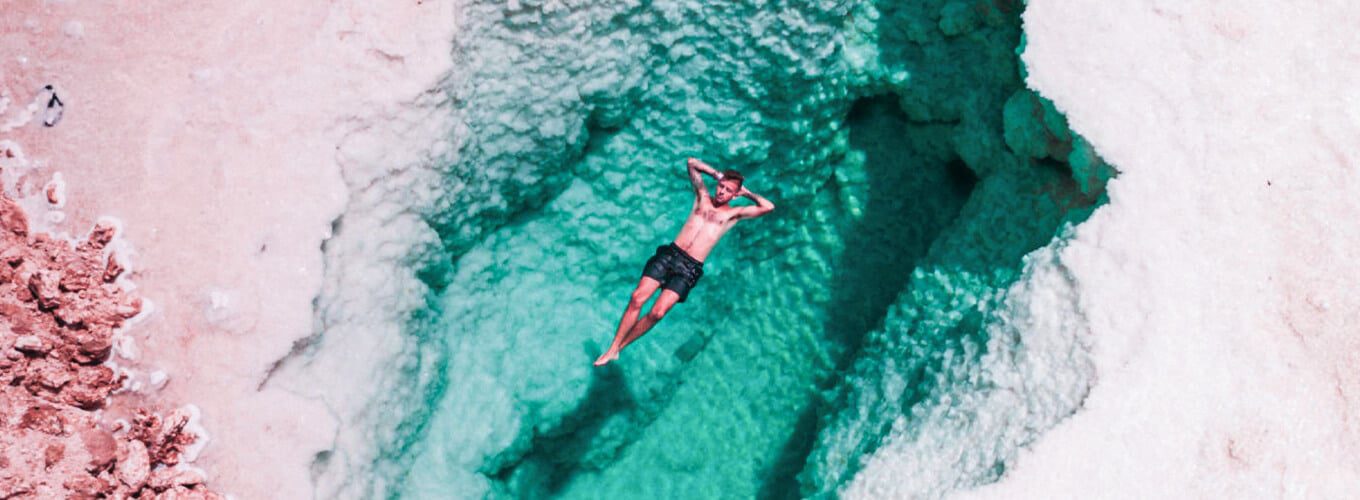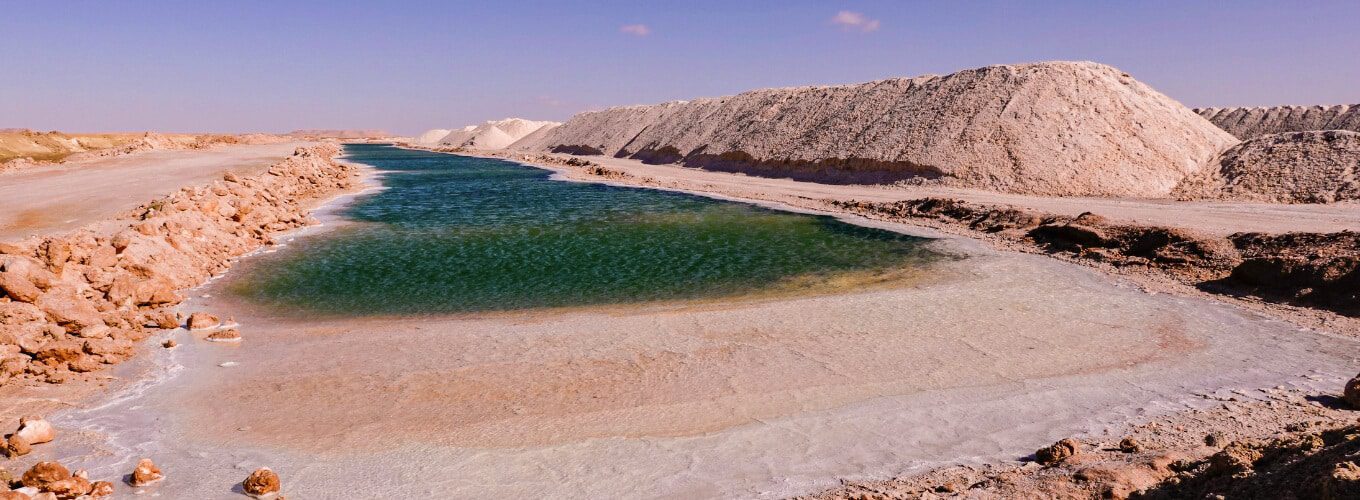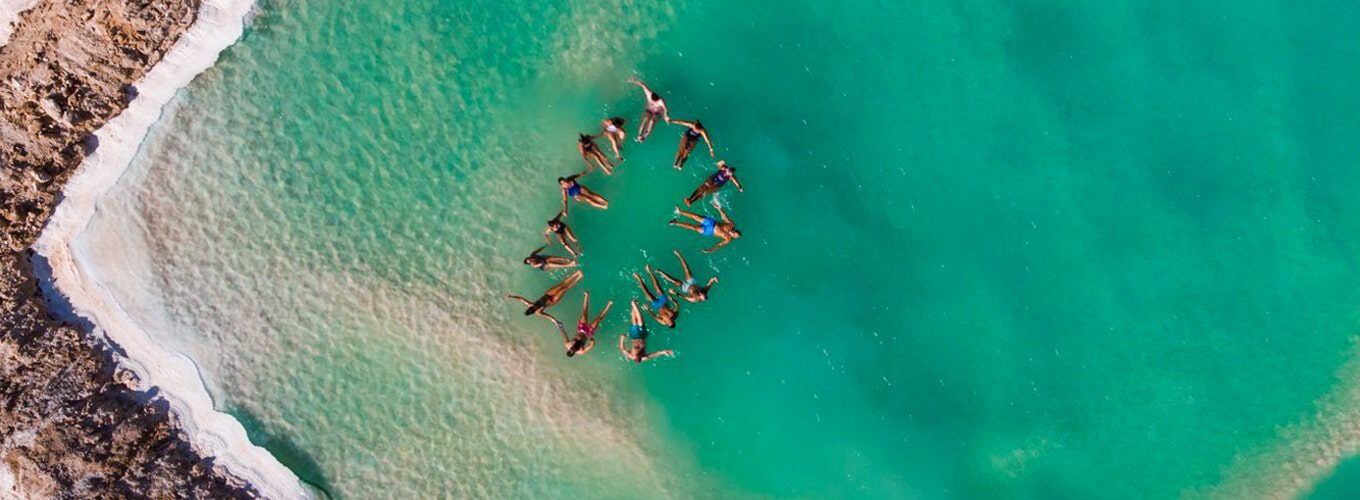As a travel enthusiast, I have always been drawn to off-the-beaten-path destinations that offer unique experiences. Siwa Oasis, located in the Western Desert of Egypt, is one such destination that has been on my travel bucket list for a long time. The oasis is home to several salt lakes and pools, but the one that caught my attention the most was the Siwa Salt Lake – a hidden gem that is a must-visit for any traveler searching for natural wonders.
While exploring the mesmerizing landscapes surrounding Salt Lake, don’t miss out on discovering the countless wonders of Egypt. Salt Lake’s serene and pristine environment starkly contrasts the bustling and historic allure of Egypt. So, when you’re done marveling at the natural beauty of Salt Lake, be sure to check out our recommendations for things to do in Egypt, where ancient history and modern culture collide in a captivating blend of experiences.

Introduction to Siwa Oasis and its salt lakes
Siwa Oasis is a secluded paradise amid the Sahara Desert. The oasis-like many oases in egypt, like Bahariya Oasis, Farafra Oasis, Dakhla Oasis, and Kharga Oasis, is known for its rich history, unique culture, and stunning natural beauty. Salt lakes and pools are Egypt’s most beautiful and fascinating natural wonders. The Siwa Salt Lake, in particular, is a hidden gem not as well-known as some other attractions in the oasis.
Siwa Salt Lake – the hidden gem of Siwa Oasis

The Siwa Salt Lake is a mesmerizing sight that will leave any traveler in awe. The lake, also known as the Maraqi Salt Lake, is about 15 km east of Siwa. It is one of the largest salt lakes in Egypt, covering an area of over 7,000 hectares. The lake is surrounded by towering dunes, which add to its surreal beauty.
Geographical features of Siwa Salt Lake
The Siwa Salt Lake is saline, meaning its water has a very high salt content. The lake is fed by underground springs, and its water is so salty that it is almost impossible to sink in. The lake has an average depth of only a few centimeters, but it can fill up to several meters during the rainy season. The lake is also home to several species of birds, including flamingos, which flock to the lake to feed on its algae.
History and significance of Siwa Salt Lake

The Siwa Salt Lake has been essential to the Siwa Oasis for centuries. The lake has been used for salt mining since ancient times, and the salt harvested from the lake was a valuable commodity traded throughout the region. The lake also has religious significance, as it is believed to have healing properties. The ancient Egyptians considered salt a sacred substance, and the Siwa Salt Lake was one of the region’s most important sources of salt.
Things to do at Siwa Salt Lake
There are several things to do at the Siwa Salt Lake, making it a must-visit destination for any traveler in the Siwa Oasis. Floating in the lake’s salty water is one of the most popular activities. The water’s high salt content makes it easy to sail, and it is a unique and relaxing experience. Visitors can also walk along the lake’s shoreline, where they can spot flamingos and other bird species. The lake is also a popular spot for photography, especially during sunrise and sunset, when the light creates a beautiful palette of colors over the lake.

Siwa Oasis salt pools – another natural wonder
In addition to the Siwa Salt Lake, the Siwa Oasis is home to several other salt pools worth visiting. The Cleopatra Bath is one such pool that is believed to have been used by the ancient Egyptian queen. The collection is fed by a natural hot spring; its water is rich in minerals and believed to have healing properties. Another pool worth visiting is the Fantasy Island Salt Pool, located on an island in the middle of a salt lake. Palm trees surround the pool and are a peaceful and serene retreat.
Exploring the salt lakes of Siwa Oasis

Exploring the salt lakes of Siwa Oasis is a unique and unforgettable experience. The lakes are surrounded by stunning desert landscapes, making great photo opportunities. Visitors can take a guided tour of the lakes, rent a bike, and explore the area independently. The lakes are also popular spots for camping, and many tour operators offer overnight camping trips that allow visitors to experience the beauty of the desert under the stars.
How to get to Siwa Oasis and its salt lakes
Getting to Siwa Oasis can be challenging but worth the effort. The oasis is about 700 km southwest of Cairo, and the most convenient way to get there is by car. Visitors can rent a car in Cairo or hire a private driver. Some buses run between Cairo and Siwa but can be slow and uncomfortable. Once in Siwa, visitors can hire a local guide or rent a bike to explore the area’s salt lakes and other attractions.
Accommodation options in Siwa Oasis

Siwa Oasis offers a range of accommodation options to suit every budget and taste. There are several hotels and guesthouses in Siwa and several campsites and desert lodges outside town. For a truly unique experience, visitors can stay in one of the traditional mud-brick houses scattered throughout the oasis. These houses offer a glimpse into the conventional way of life in Siwa and are a great way to immerse oneself in the local culture.
Conclusion
Siwa Oasis is a hidden gem that is waiting to be discovered. Salt lakes and pools are some of Egypt’s most beautiful and fascinating natural wonders. The Siwa Salt Lake is a must-visit destination for any traveler searching for off-the-beaten-path experiences. Whether you’re looking to float in the lake’s salty water, explore the surrounding desert landscapes, or immerse yourself in the local culture and history, Siwa Oasis has something to offer everyone. So why not plan your trip today and discover the magic of Siwa Oasis?

